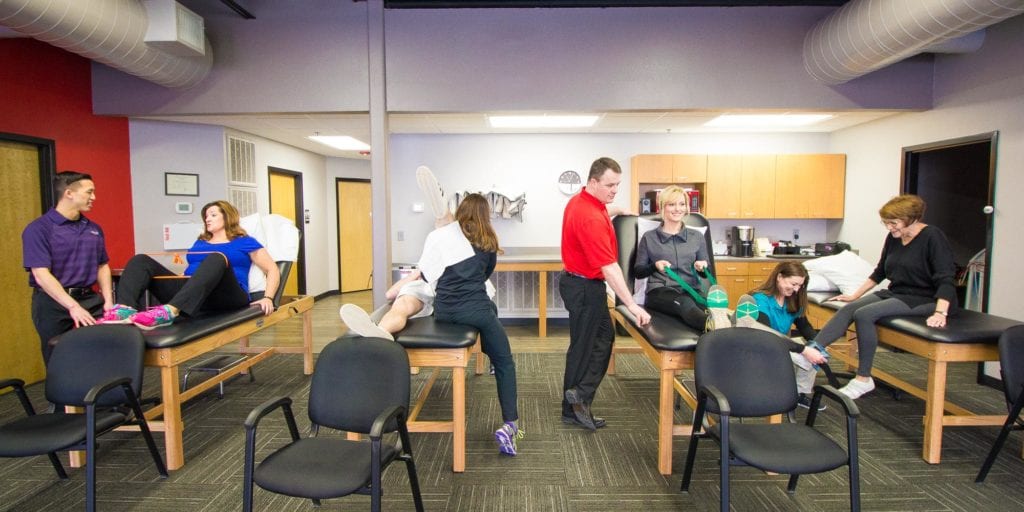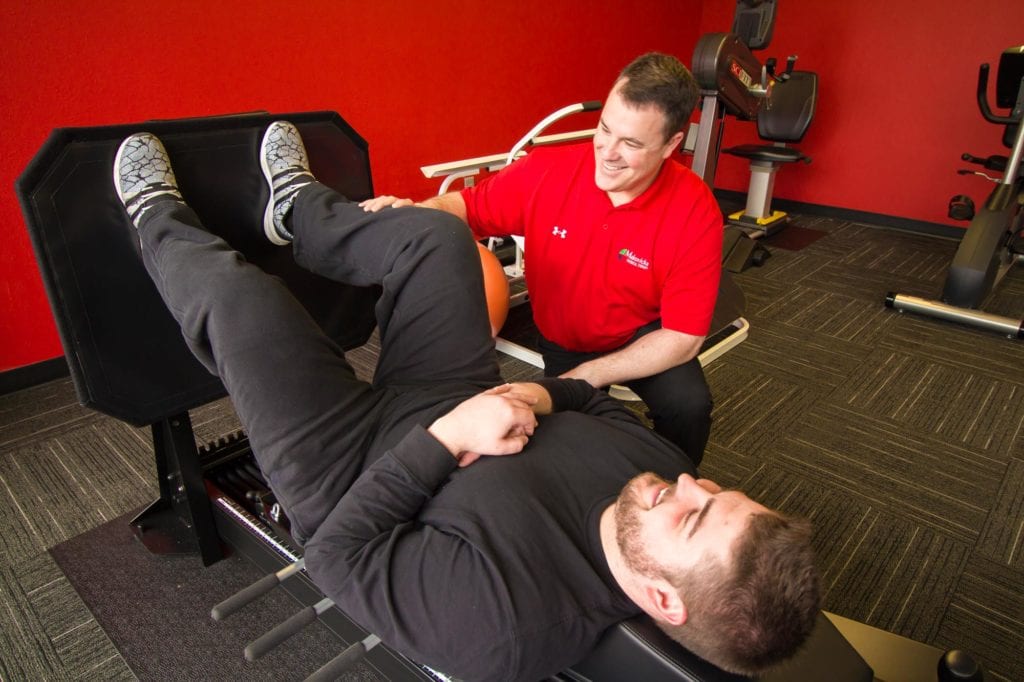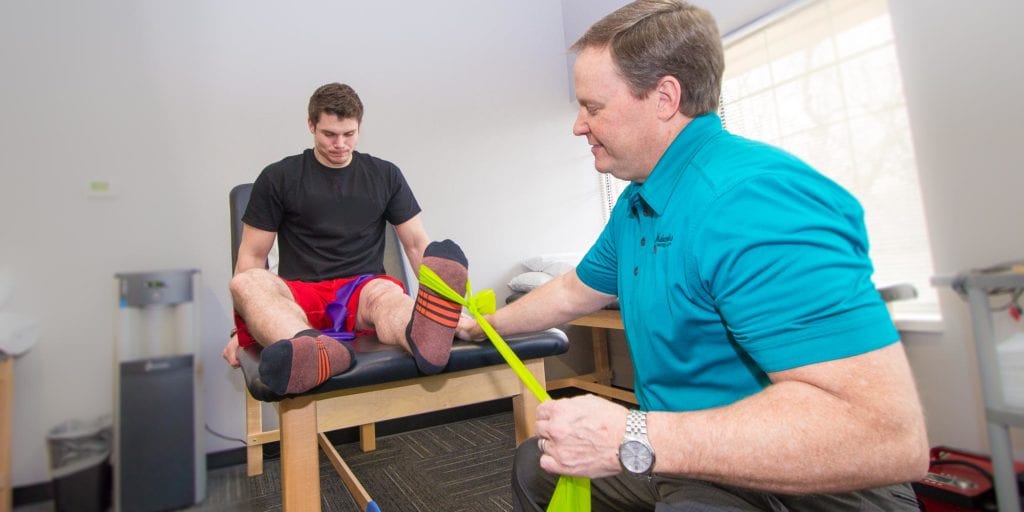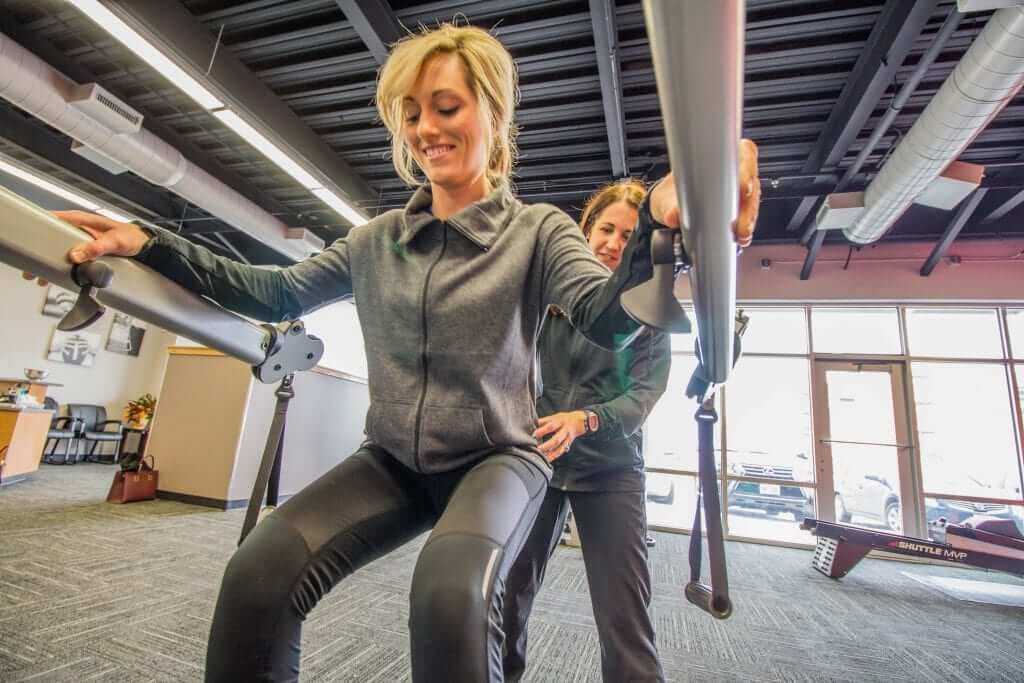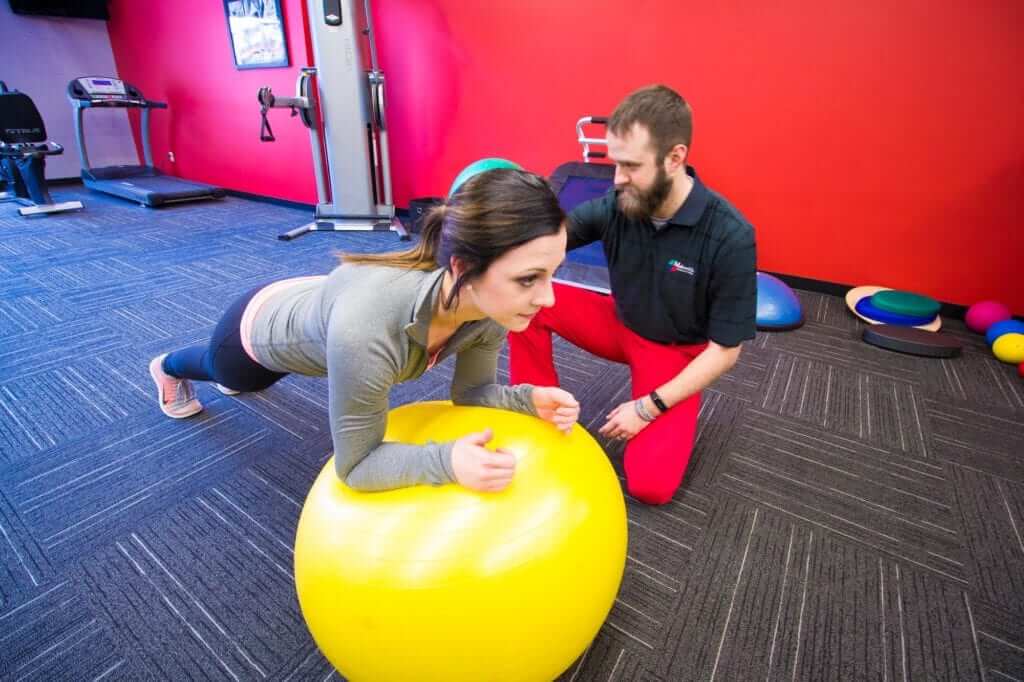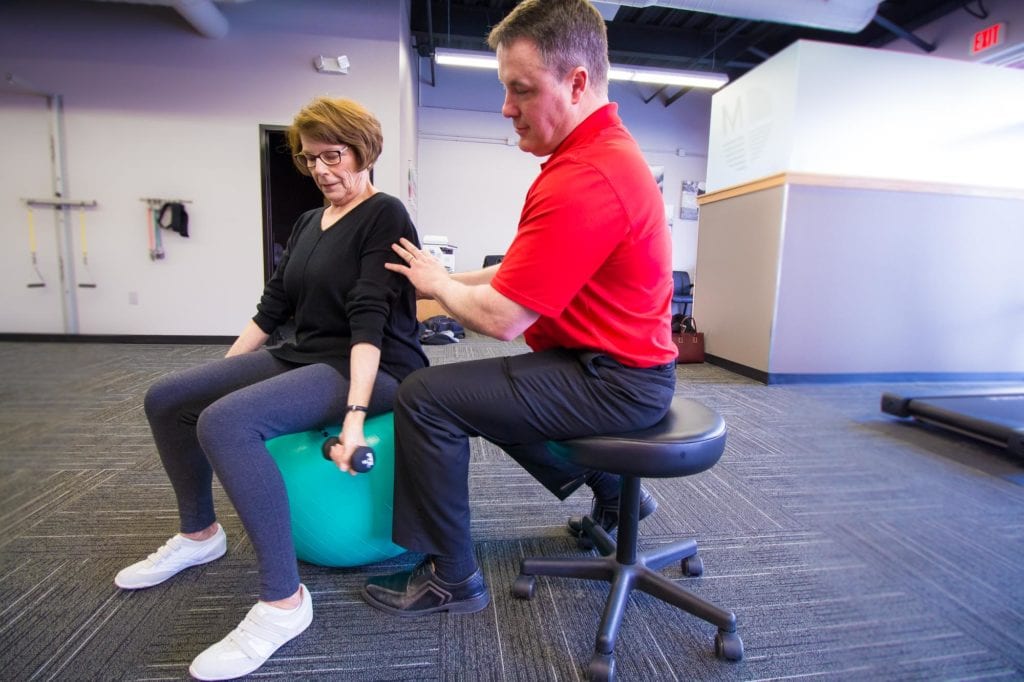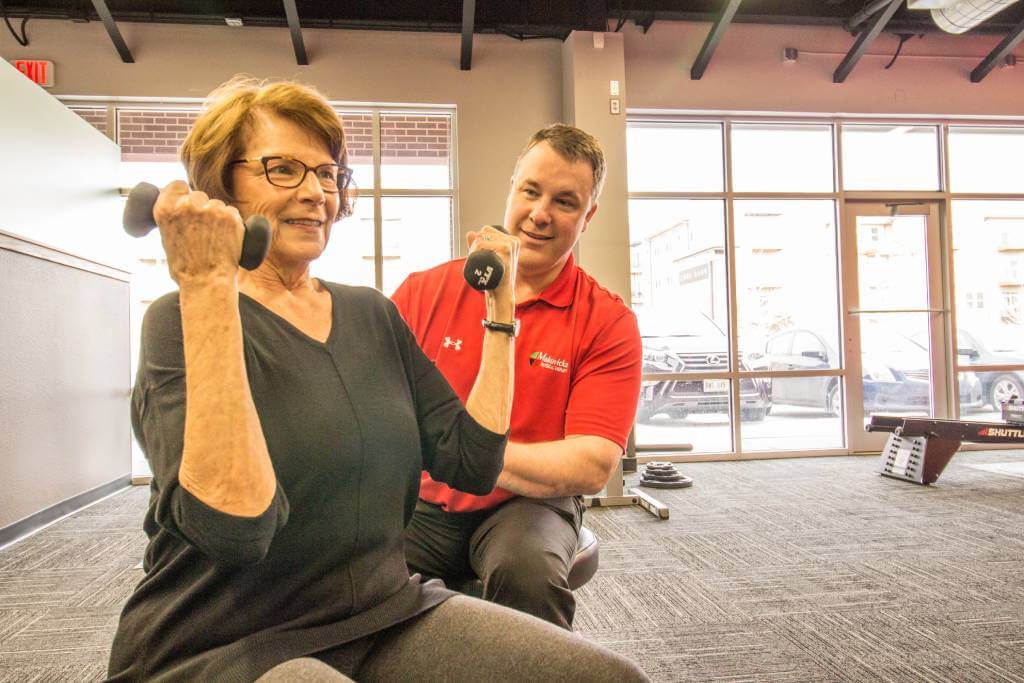Q: What exactly is a neck sprain/strain? A: The neck has many small ligaments, tendons, and muscles that connect the bones in the cervical spine which work together to move the neck/head around for our benefit. A strain/sprain can happen when a sudden movement, such as a hard fall or a motor vehicle accident that. . .
Neck Sprain/Strain


